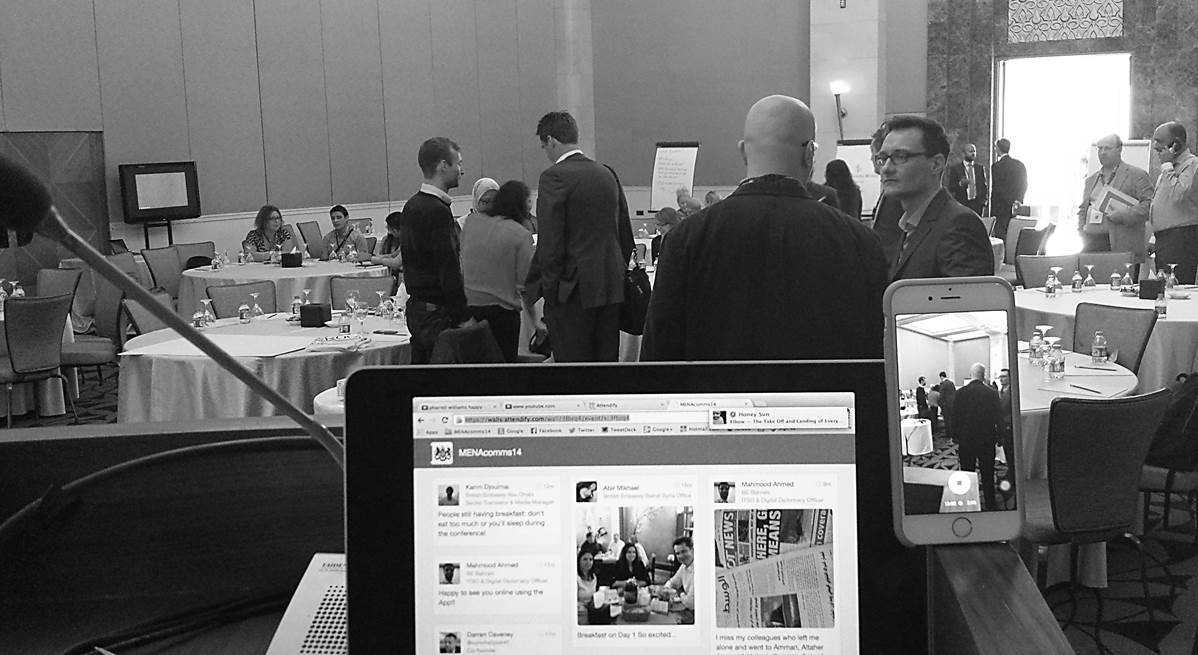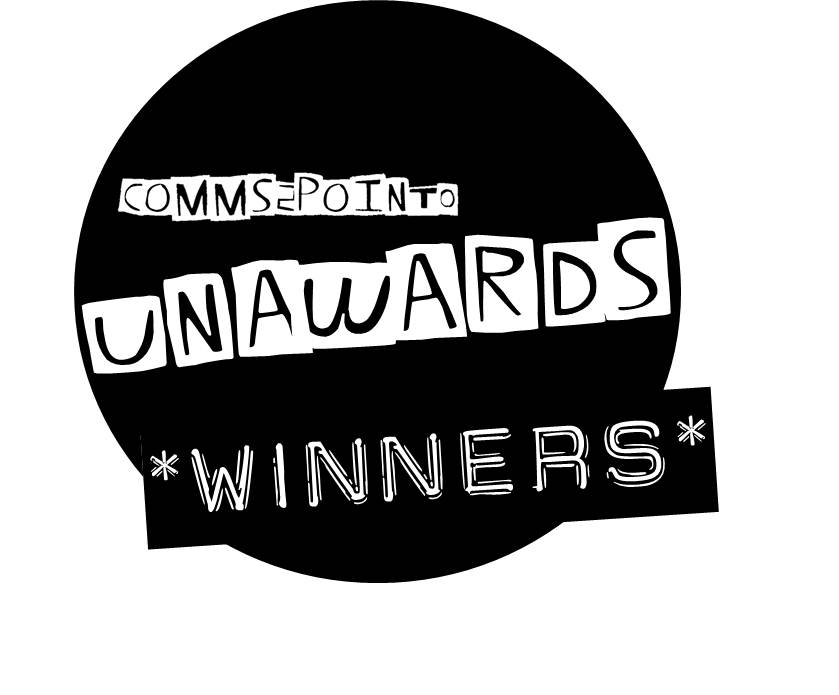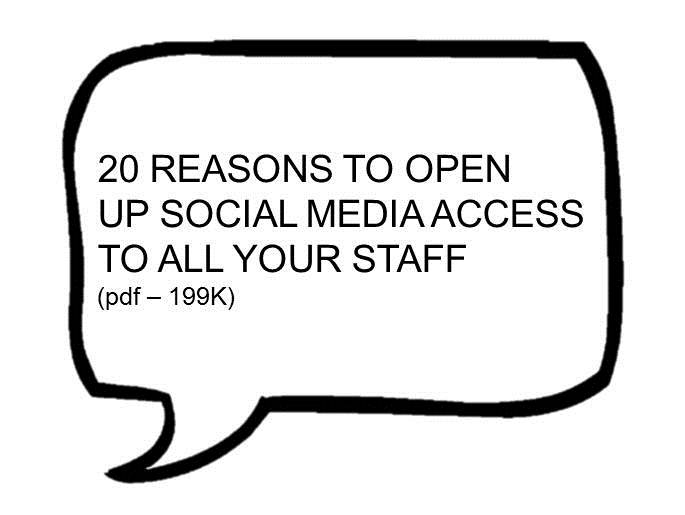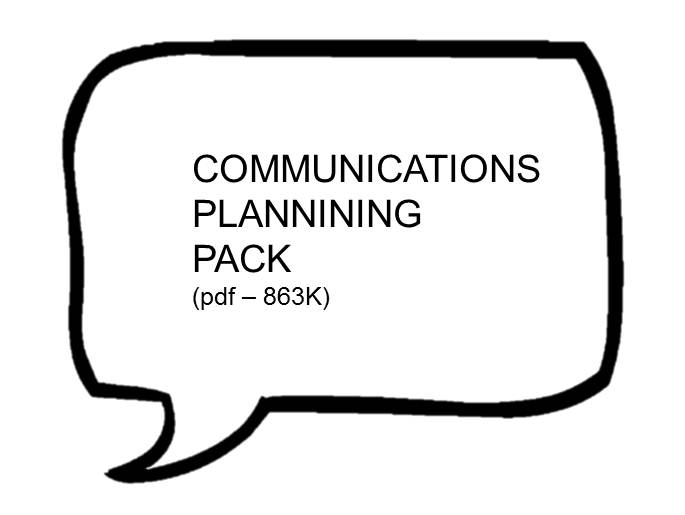 Sunday, November 2, 2014
Sunday, November 2, 2014 from mena with love
 I was hugely privileged to be able to chair and facilitate #MENAcomms14 with Dan Slee recently, on behalf of the Foreign Office, having been approached to get involved in their annual get-together of Middle East and North African comms and digital people.
I was hugely privileged to be able to chair and facilitate #MENAcomms14 with Dan Slee recently, on behalf of the Foreign Office, having been approached to get involved in their annual get-together of Middle East and North African comms and digital people.
The event, which took place in beautiful Amman, was a real eye-opener - stimulating and fascinating in equal measure
I left MENAcomms14 with huge respect for our Foreign and Commonwealth Office colleagues for the work they deliver and the manner in which they tackle some of the biggest issues on the planet.
Not once in two-days of busy programme, quality presentations, and the much discussed ‘UnConference’ sessions, did the enthusiasm and engagement dip.
There were many metrics I could share on the event…
17 speakers, 9 crowd-sourced UnConference sessions, 531 tweets sent carrying the event hashtag with potential opportunities to see of 2,041,859 via up to 403,354 unique users. I could go on (I do love a good stat)
But the true measure of the event was the problem-solving, team working, active engagement and creative ideas generated by those attending.
As with most events, there was plenty of learning opportunities - here are 5 pointers I picked up from #MENAcomms14 to consider for the next event I am involved with:
1. Keeping attendees connected before, during and after the event
Consider an app - The conference app worked a treat and provided a brilliant channel for active engagement in a safe environment and where colleagues not present could chip in and take part. In fact, the app is still being used to engage and share information a week after the event. That has to be a good sign.
There are, of course, plenty of other channels and platforms which could be used but they will need to tick the boxes of access, ease of use and connectivity..
2. Be flexible
One of the problems with traditional conference formats is that they are often so full of speakers who have, quite rightfully, worked furiously on their presentations, amongst agendas so packed, that it can be difficult to change the event programme to reflect last minute issues and work which can land from left of field. The unconference format – where attendees set the agenda – can accommodate these last minute changes and demands nicely without spoiling the flow of the event or its outcomes. In fact these last minute changes can add a real feel of dynamism and deliver added benefits from a room full of people who can help to solve a problem.
3. Don’t cram too much in
There is often a temptation to cram in too much to an event because you have that rare gift of everyone under the same roof for a day or two. Actually, experience teaches you that some of the best parts of a conference is the downtime at lunch and breaks where you can network and chat informally to colleagues. That’s often when the real business is done. So use that knowledge and design a programme which actively encourages more of this informal engagement.
4. What to do when it all goes quiet…
Sometimes at an event, no matter how good the quality of the speakers, when it comes to questions at the end of each presentation it all goes deathly quiet. I have noticed this several times, often in very formal events, and this is when you need dedicated facilitators, armed with roving mics, to tempt and cajole attendees into asking that all important first question. Getting the first question out can be hard. Getting the second can be even harder. But then the third and fourth often flow more easily and suddenly it all feels relaxed again. The lesson here is this: Know that this happens, work with this knowledge and have facilitators primed to turn quiet into questions.
5. Be strict with your presenters…
No matter how clearly you stress their allotted time, it’s a nailed-on certainty that some of your speaker will over-run. This isn’t necessarily done deliberately – it’s more likely a lack of practice – but it is a fact of conference life. Being clear on how long they have, and having someone keeping a very close eye on the timings, is key.
Worst still is the speaker who has failed to take the plentiful advice out there on what makes a good/bad presentation and loads their slide deck with words, words, words. The best presentations often have the fewest words and instead focus on creating interest by utilising compelling images.
The trouble is, if you don’t see your presenters’ slides until the day of the event you are completely gambling and working in the dark in terms of being able to manage this scenario. So, give presenters a long lead time but insist on the slides being made available to you 2-3 days ahead of the event. This will allow you to review them and will build in some contingency time for changes if required. I hasten to add that this wasn’t an issue at the MENA event.
So, a great big hat-tip to the two organisers - Craig Morley and Steven Hardy - for making #MENAcomms14 such a huge success – anyone who has ever organised an event will know how much time and effort is swallowed up in order to make a big event fly.
To do this, overseas, for over 80 colleagues from 20 countries, and with a couple of UK Ambassadors thrown in for good measure, is no mean feat. They did it brilliantly well and as comms professionals and event organisers we can all learn from #MENAcomms 14 which, for me, set a new benchmark in powerful engagement and meaningful outcomes from the events we deliver.
MENAcomms 15: You have a tough act to follow.
Darren Caveney is co-creator of comms2point0















Reader Comments (3)
hey Darren. Good blog post. I especially like the fact that it celebrates unconferences, learning, sharing and talks very much about the good stuff that came after the event. Sounds like #MENA14 was where great things got done.
Wonder what you think of the article that was written by Carol Grant in the August issue of Cllr magazine for LGIU [been meaning to do a blog post on this for a while but failed miserably]. You can read it here [hopefully the link works] http://www.lgiu.org.uk/wp-content/uploads/2013/08/Cllr-Magazine-August-2014.pdf who talks about conferences and unconferences being a bad use of taxpayers money. Says she especially hates the self congratulatory tweets that come out of unconferences which made me chuckle somewhat.
While I disagree with a lot of what Carol says, I think it does lay down a challenge for us to try and be really clear on what difference they make. Ut's the so what factor. That being said I also think there's isn't a silver bullet for how you evaluate this learning. It's hard and sometimes if things are too prescribed then you lose that organic pink pong learning that sparks thought, creativity and action that is so important.
I do know from my own personal professional experience that I have found unconferences invaluable. Not only from what you get at the events but from the people you meet and the things that you learn before and after. The private sector does it all the time and it generally costs £600 a pop. So in my view, why not the public sector if it gets the job done. In an ever changing sector such as ours, it's essential to learn what's happening in the industry and share thoughts, views, and opinions.
Same goes for comms. Other professions do all the time so why not us. I think thought the gauntlet is laid down for us to get better at sharing what we learn from them and would go so far as to say make sure your CE & leader know the value it adds. It's something I'm definitely going to make sure I do from here on in.
;-] Emma
Great post Darren, and thank you to you and Dan for agreeing to chair and facilitate. Your contribution was invaluable.
Emma makes a good point about the use of conferences in the public sector which is reason why, when we use them, we need to focus on return on investment (ROI) and engagement.
Yes a conference is usually cheaper than holding a number of different training courses for a small group of staff. However, too often people just focus on what they want people to learn over the one, two or three days and neglect a) how this learning will be applied and developed after the event; and b) the people who are unable to attend in person.
This is why our conference also focused on engagement. Allowing people who couldn't attend in person, to attend "virtually" via our app.
The focus on ROI means that we purposefully structured the conference so that there would be key takeaways/solutions from each session that could be worked on. In addition, using the brainpower of those in the room to make improvements to the way we work.
The unconference was especially popular and useful. It unleashed the real experts in the room (the attendees) to collaborate together on real problems.
We're currently doing our evaluation and I expect that the ROI and engagement point will come out very clearly in that.
Craig
Really good points. Love to hear more about your app. Return on investment and engagement are key for everything that we do in this day and age. Even when it's hard, we need to make sure we're being as tangible as possible.
All too easy to think attending is enough.
Emma